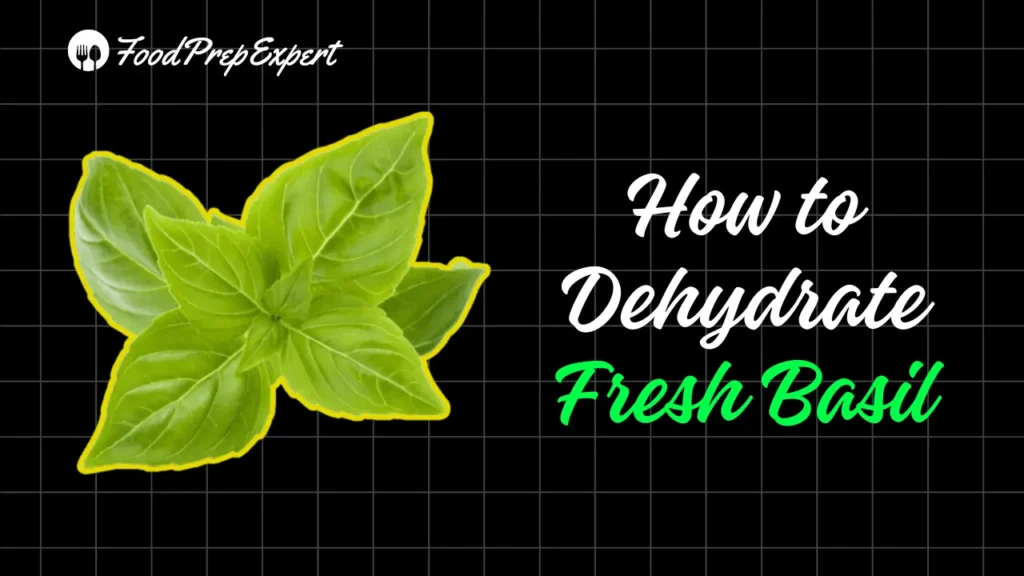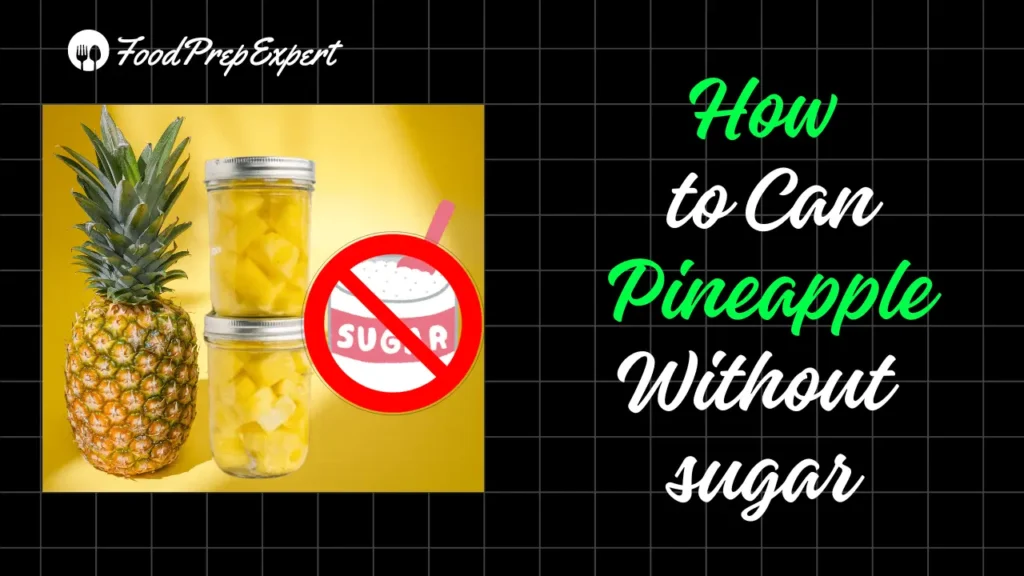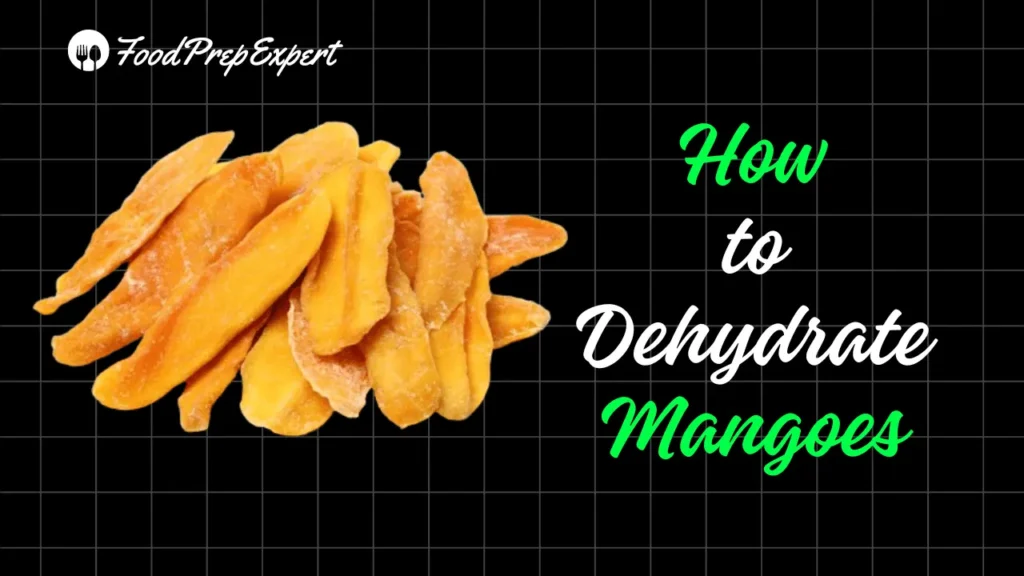How To Dehydrate Shrimp At Home?
Dehydrated shrimp adds a great hint of flavor and texture to various dishes. Whether you are making Soups, stews, or sauces, Dehydrated shrimp can be used as a seasoning and if you are making stir-fries or pasta dishes it can add a unique twist of flavour.
Dehydrating shrimp is just an easy-peasy process, follow the mentioned steps and you’ll get to know How to Dehydrate Shrimp.

- How To Dehydrate Shrimp At Home?
- What is Dehydrated Shrimp?
- Benefits of Dehydrating Shrimp?
- How to choose the right shrimp for dehydration?
- How to prepare shrimp for dehydration?
- How To Dehydrate Shrimp?
- How to Rehydrate Shrimp?
- How to use Dehydrated Shrimps in Recipes?
- How to Store Dehydrated Shrimp?
- Products Mentioned In the Article:
- FAQs:
What is Dehydrated Shrimp?
Dehydrated Shrimp, also known as dried shrimp, are those shrimp that have been preserved through a drying process, typically under the sun or with the help of a dehydrator. This traditional technique removes the moisture, that helps in increasing the shelf life of the shrimps.
Benefits of Dehydrating Shrimp?
Dehydrating shrimp has the following Benefits:
- It helps in removing the moisture content.
- Dehydrating Shrimp prolongs its shelf life.
- Dehydrated shrimp is a great, Flavourful snack option to carry on your next backpacking or camping trip.
How to choose the right shrimp for dehydration?
When it comes to dehydrating shrimp, selecting the right type of shrimp is crucial. So:
- Always choose fresh and high-quality shrimp that are free from any unnatural odors or discoloration.
- Choose larger Shrimp, as they tend to dehydrate more evenly and provide a better texture.
- Avoid shrimp that have been previously frozen, as they may have a softer texture after dehydration.
How to prepare shrimp for dehydration?
- Start by thawing frozen shrimp if necessary, ensuring they are completely defrosted before moving forward.
- Next, remove the shells, and tails of the shrimp if desired.
- Rinse the shrimp under cold water to remove any impurities.
- You can also marinate the shrimp in a mixture of your choice, such as lemon juice, herbs, or spices.
- Once the shrimp is ready, pat them dry with a paper towel to remove excess moisture, as this will help with the dehydration process.
How To Dehydrate Shrimp?
There are several methods and techniques you can use to dehydrate shrimp, depending on the equipment you have available.
A. Dehydrate Shrimp using a Food Dehydrator:
Pros
- Most dehydrators offer adjustable temperature and airflow, allowing you to fine-tune the drying process for optimal results.
- Dehydrators are specifically designed for this purpose, often drying shrimp faster and more evenly than other methods.
- Many dehydrators boast multiple trays, enabling you to batch-dehydrate larger quantities of shrimp.
Cons
- Purchasing a dehydrator requires an upfront cost, although its versatility justifies the investment for frequent dehydration enthusiasts.
- While faster than other methods, shrimp in a dehydrator can still take several hours to fully dry.
- Dehydrator trays and accessories might require regular cleaning and occasional replacement.
Process:
- Peel and devein the shrimp, ensuring maximum cleanliness. Slice them into uniform pieces for consistent drying.
- Set your dehydrator to 130°F (54°C) with good airflow.
- Spread the shrimp pieces in a single layer on dehydrator trays, avoiding overcrowding.
- Dry for 6-8 hours, periodically checking and rotating the trays for even drying.
- A fully dehydrated shrimp should be brittle and snap easily. Store in airtight containers in a cool, dark place.
B. Dehydrate Shrimp in Oven:
Pros
- Most households have ovens, making this a readily available option.
- No additional equipment purchase is required.
- Large ovens can accommodate greater quantities of shrimp at once.
Cons
- Ovens lack the precise temperature control of dehydrators.
- Hotspots in your oven can result in inconsistent drying.
- Running the oven for extended periods can increase energy bills.
Process:
- Peel and devein the shrimp, ensuring maximum cleanliness. Slice them into uniform pieces for consistent drying.
- Preheat your oven to the lowest possible setting, ideally between 150°F (65°C) and 175°F (79°C).
- Spread the shrimp pieces on baking sheets lined with parchment paper. Leave space between them for air circulation.
- Dehydrate with the oven door slightly ajar (propped open with a wooden spoon) for 4-6 hours, frequently rotating the trays and checking for dryness.
- Follow the same testing procedure as for dehydrators.
C. Dehydrate Shrimp using an Air Dry Method:
Pros
- This method requires no additional equipment, making it ideal for budget-conscious individuals.
- The process is straightforward, requiring minimal effort.
- This method utilizes natural sunlight and air circulation, minimizing energy consumption.
Cons
- Air-drying can take several days, depending on weather conditions and humidity levels.
- Drying outdoors poses risks of insect infestation or contamination by animals.
- Fluctuating weather can affect drying times and final product quality.
- This method is impractical during unfavorable weather conditions.
Process:
- Peel and devein the shrimp, ensuring maximum cleanliness. Slice them into uniform pieces for consistent drying.
- Thread the shrimp pieces onto clean needles or thin string, creating multiple strands for air circulation.
- Choose a well-ventilated, shaded area protected from direct sunlight and insects. Cover the setup with cheesecloth for added protection.
- Monitor the drying process daily, bringing the strands indoors at night or during rain/high humidity.
- The shrimp should be completely dry and brittle before storage.
D. Dehydrate Shrimp in an Air Fryer:
Pros
- Air fryers offer faster drying times compared to ovens, often taking 2-3 hours depending on your device and quantity.
- Air fryers occupy less counter space than ovens and offer easier cleanup.
- They draw less power than conventional ovens, making them a more economical option.
Cons
- Most air fryers have smaller baskets, restricting the amount of shrimp you can dehydrate in one batch.
- High temperatures and air circulation can lead to overdrying if not monitored closely.
- Some air fryers can be noisy during operation.
Process:
- Peel and devein the shrimp, ensuring maximum cleanliness. Slice them into uniform pieces for consistent drying.
- Preheat your air fryer to the lowest temperature setting, ideally between 150°F (65°C) and 175°F (79°C). Some air fryers may not reach specific temperatures, so choose the closest setting available.
- Spread the shrimp pieces in a single layer on the air fryer basket, avoiding overcrowding.
- Dehydrate in batches for 20-30 minute intervals, checking for dryness and rotating the basket frequently. The total drying time can vary depending on your air fryer’s power and quantity.
- Follow the same testing procedure as for other methods. Shrimp should be brittle and snap easily when completely dry.
How to Rehydrate Shrimp?
- Firstly, determine the amount of dehydrated shrimp needed for your recipe. Keep in mind that dehydrated shrimp will significantly increase in volume once rehydrated.
- Place the dehydrated shrimp in a fine-mesh sieve or colander.
- Rinse the shrimp under cold running water to remove any residual debris or surface salt. This step also helps initiate the rehydration process.
- There are a few methods to rehydrate shrimp:
- Cold Water Soak: Place the shrimp in a bowl and cover them with cold water. Allow them to soak for about 1-2 hours, occasionally stirring to ensure even rehydration.
- Hot Water Soak: Pour hot water over the shrimp and let them soak for approximately 15-30 minutes. This method speeds up the rehydration process.
- Rehydrate During Cooking: If you’re using the shrimp in a cooked dish, you can add them directly to the recipe. The cooking process will naturally rehydrate the shrimp.
- After the soaking period, check the shrimp for full rehydration. They should have plumped up, regaining a texture similar to fresh shrimp.
- Taste a small piece to ensure it has rehydrated completely and has the desired tenderness.
- If you soaked the shrimp in water, drain them well to remove any excess water. You can use a colander or paper towels to absorb moisture.
- For recipes where excess moisture may impact the dish, consider patting the rehydrated shrimp dry with a paper towel.
- Once rehydrated, the shrimp are ready to be used in your chosen recipe. Incorporate them into soups, stews, stir-fries, salads, or any dish that calls for shrimp.
How to use Dehydrated Shrimps in Recipes?
1. Grind dehydrated shrimp into a powder and use it as a seasoning for soups, stews, or sauces.
2. Incorporate dehydrated shrimp into homemade spice blends for a unique twist.
3. Add rehydrated shrimp to stir-fries, pasta dishes, or fried rice for an extra layer of flavor.
4. Garnish salads, grain bowls, or avocado toast with dehydrated shrimp for a crunchy and savory element.
5. Use dehydrated shrimp as a topping for pizzas, tacos, or sushi rolls.
Storing and preserving dehydrated shrimp
How to Store Dehydrated Shrimp?
Once your shrimp are fully dehydrated, it’s important to store them properly to maintain their freshness and flavor.
Storing dehydrated Shrimp is similar to the process, I mentioned in my previous article “How To Make Carrot Powder?“
Transfer the dehydrated shrimp to airtight containers or resealable bags, removing as much air as possible.
Store the containers in a cool, dark place, such as a pantry or cupboard.
Properly stored dehydrated shrimp can last for up to a year, although it’s recommended to use them within six months for the best quality.
Remember to label and date the containers for easy identification.
Products Mentioned In the Article:
| Image | Product | Features | Price |
|---|---|---|---|
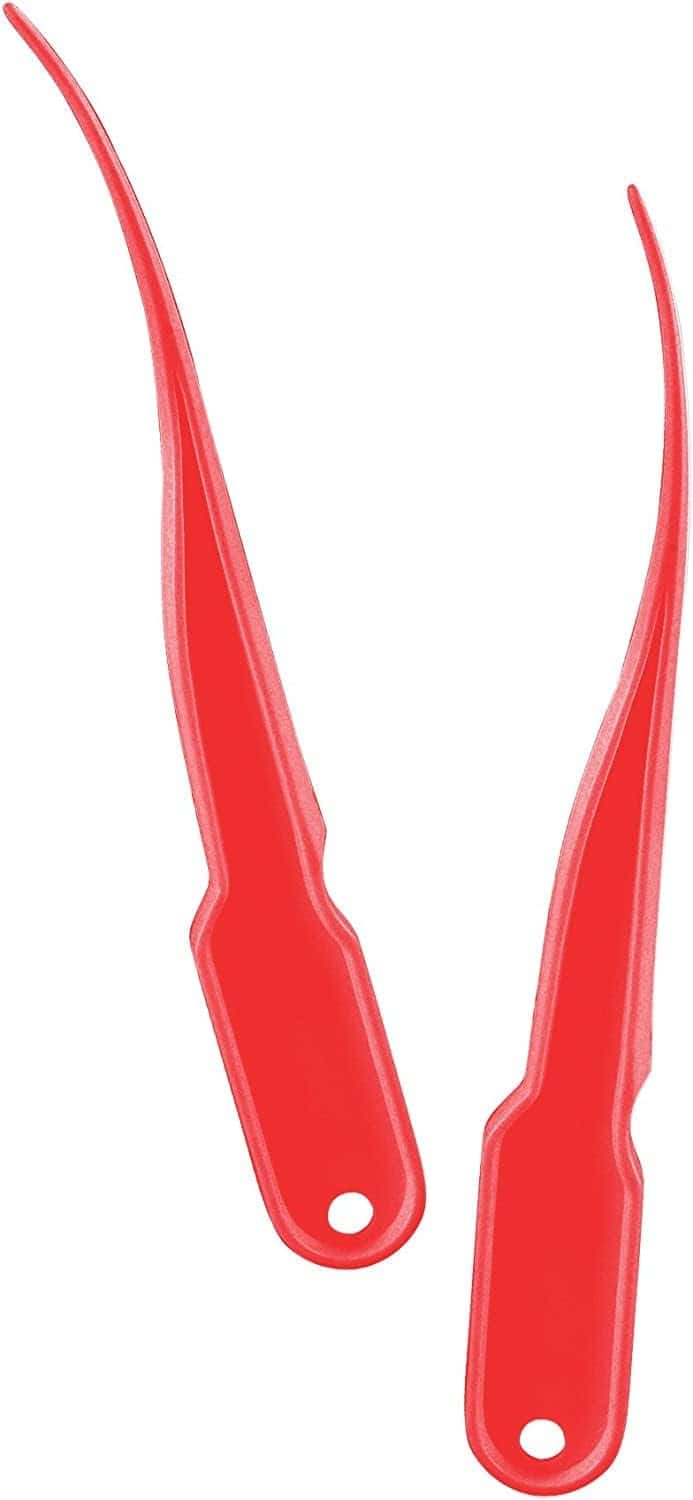 | Shrimp Peeler Deveiner Cleaner Tool |
| Check Price on Amazon |
 | Cosori Food Dehydrator |
| Check Price on Amazon |
 | Silicone Dehydrator Sheets |
| Check Price on Amazon |
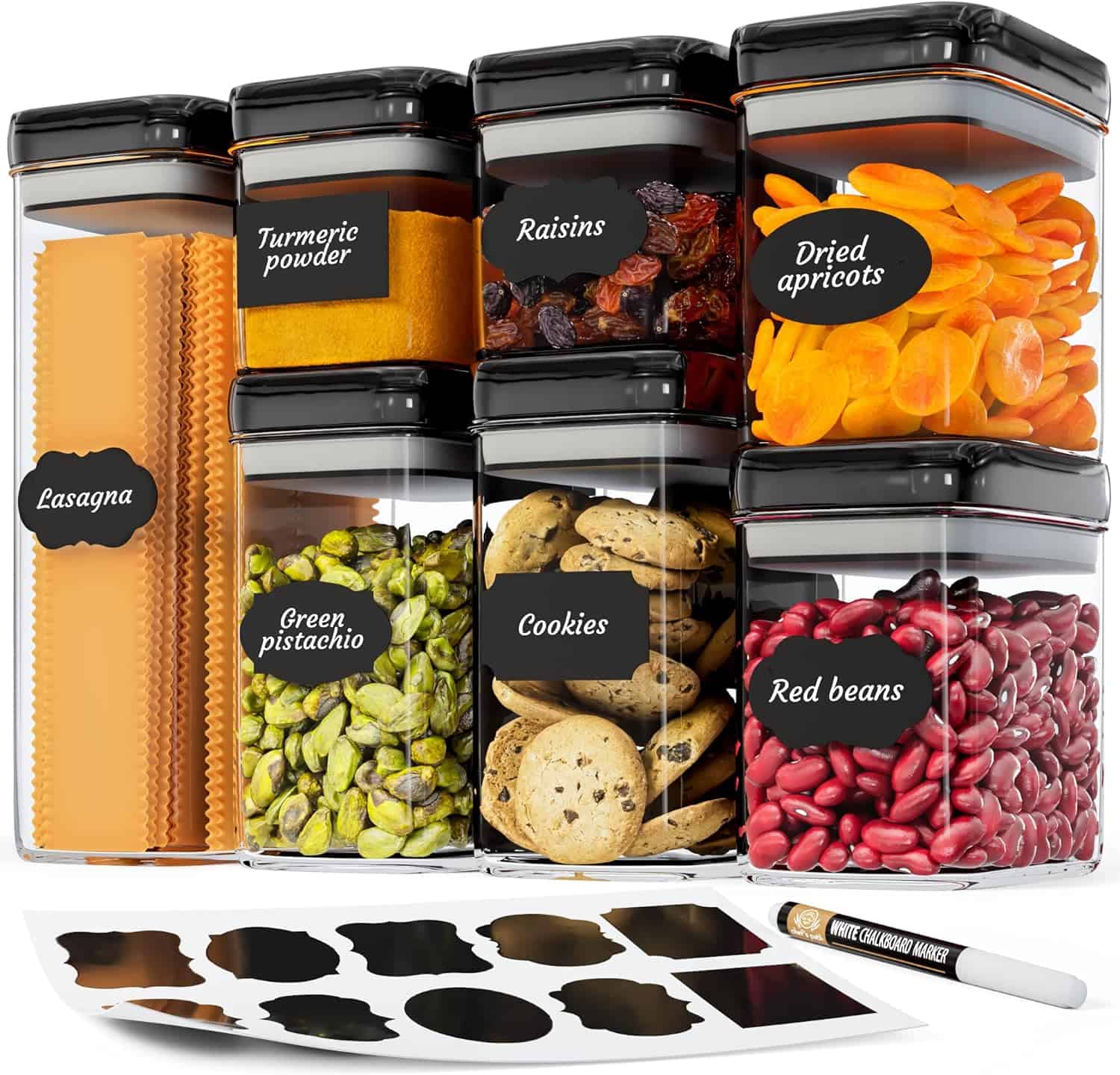 | Airtight container |
| Check Price on Amazon |
FAQs:
How Long to Dehydrate Shrimp?
When using a dehydrator set to around 125°F (52°C), the process typically takes between 4 to 8 hours. Frequent monitoring is crucial, and the shrimp are considered ready when they reach a crisp texture. Adjust the time based on personal preferences and the specific dehydrating conditions.
How Long Does Dehydrated Shrimp Last?
Properly dehydrated shrimp can last up to a year or even longer when stored under optimal conditions. To maximize shelf life, store the dehydrated shrimp in airtight containers, keeping them in a cool, dark place. Regularly check for any signs of spoilage, and discard any shrimp that show indications of deterioration.
Can You Dehydrate Shrimp of the Woods?
It’s crucial to clarify that “shrimp of the woods” typically refers to a type of mushroom (Hydnum repandum) and not actual shrimp. While mushrooms can indeed be dehydrated, the process is different and requires adherence to specific guidelines for mushroom dehydration.
Are Dried Shrimp Good for Turtles?
Dried shrimp can indeed be suitable for turtles as an occasional treat. Turtles often enjoy the natural flavors of dried shrimp, and they can serve as a source of protein. However, moderation is key. It’s essential to offer dried shrimp as part of a well-balanced diet for turtles, ensuring that they receive the necessary nutrients from a variety of food sources.


